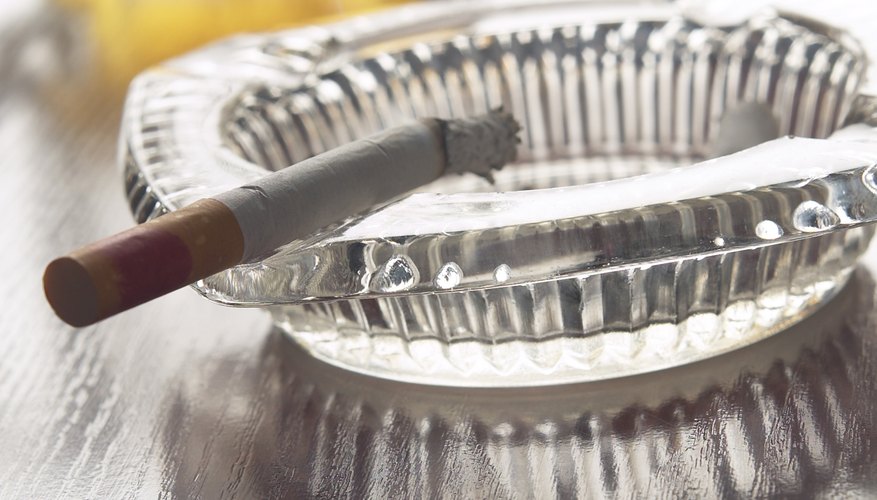Microfibre couches are desirable for their fine, durable fibres, which are stronger and more wrinkle-resistant than many other upholstery fabrics. Since microfiber is extremely heat-sensitive, poor placement may scorch and weaken the fibre, making it vulnerable to tears. Direct heat from an iron or cigarette ash may also cause holes in the fabric. No sewing is necessary to patch a hole in a microfibre couch.
- Microfibre couches are desirable for their fine, durable fibres, which are stronger and more wrinkle-resistant than many other upholstery fabrics.
- Since microfiber is extremely heat-sensitive, poor placement may scorch and weaken the fibre, making it vulnerable to tears.
Apply liquid seam solvent to the edges of the hole to prevent fraying in the future.
Cut a piece of woven fabric 3.7 cm (1 1/2 inches) bigger than the hole. Using a toothpick, apply a thin layer of glue around the inside perimeter of the hole, and work the fabric into the hole so it sticks to the glue and provides a sticking surface for the microfiber patch.
Place a small, flat piece of aluminium foil over the hole, and smooth it out so the outline of the hole shows on the foil's surface. Cut the outline out of the aluminium foil to make a template for the microfiber patch.
Cut a piece of fabric from the back or bottom of the couch or another microfiber object with a matching colour or pattern. Trace the aluminium foil template onto the good side of the fabric and cut it out.
- Place a small, flat piece of aluminium foil over the hole, and smooth it out so the outline of the hole shows on the foil's surface.
- Trace the aluminium foil template onto the good side of the fabric and cut it out.
Apply liquid seam solvent to the edges of the patch to prevent future fraying. Wait for the solvent to dry.
Apply fabric glue to the bottom side of the patch and the top side of the woven fabric and place the patch on top of the woven fabric to cover the hole.
